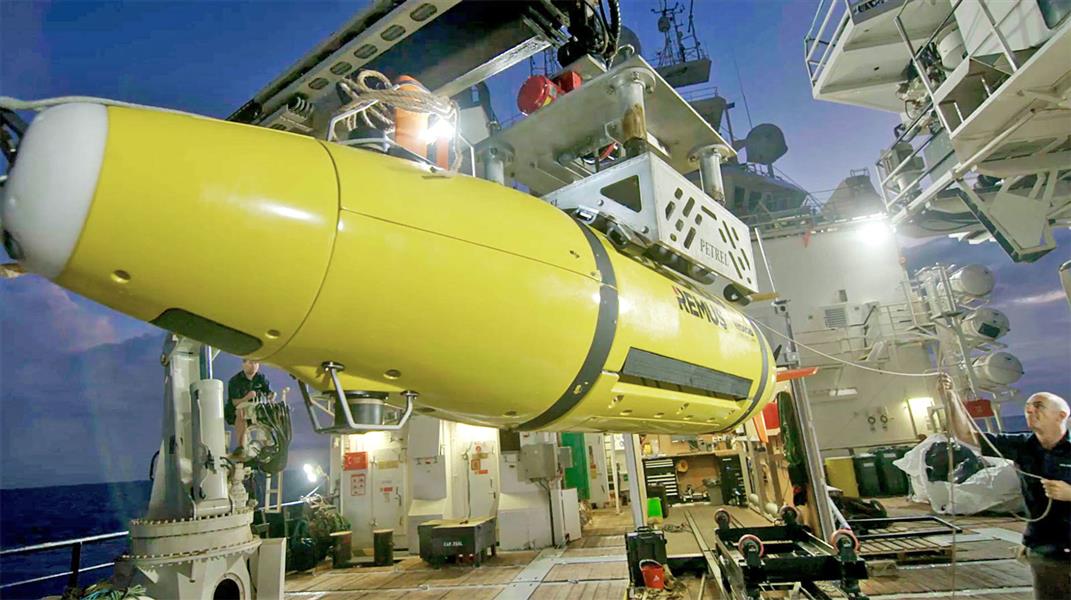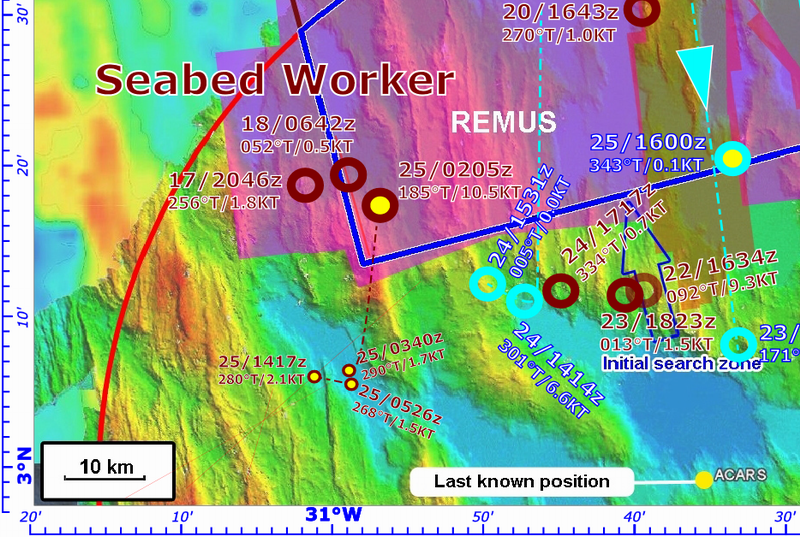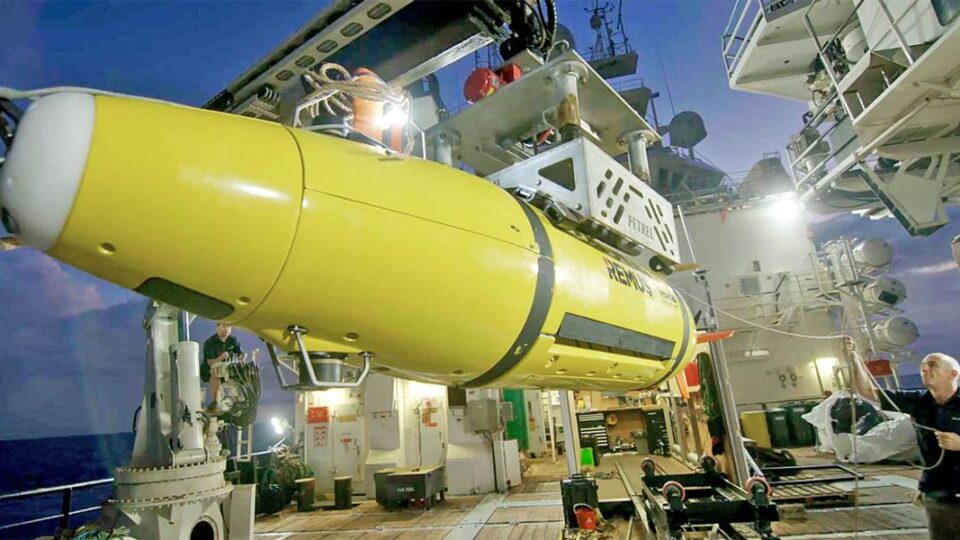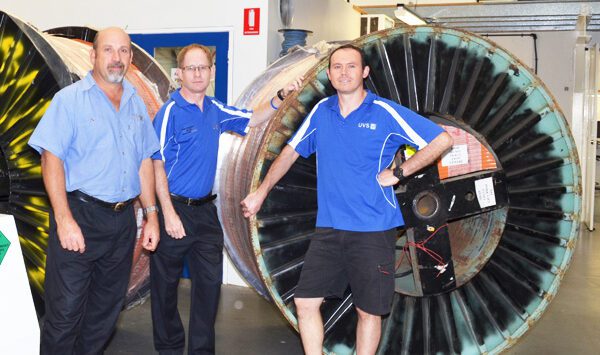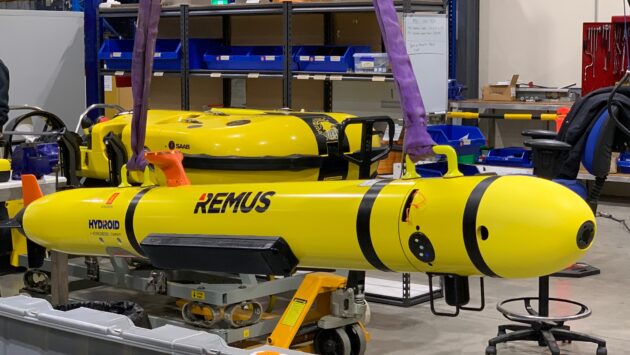REMUS 6000 Plays Key Role in the Discovery of the USS Indianapolis Wreckage
REMUS 6000 Plays Key Role in the Discovery of the USS Indianapolis Wreckage
Hydroid announced that their REMUS 6000 Autonomous Underwater Vehicle (AUV) was used to gather sonar data by Microsoft co-founder Paul Allen’s team in the historic discovery of the USS Indianapolis wreckage on 19 August 2017. The ship was found 5,500 meters below the surface in the Philippine Sea seventy-two years after it went missing.
“We are honoured to have had our REMUS 6000 be part of such a monumental discovery,” said Duane Fotheringham, president of Hydroid. “Paul Allen and his team have given the gift of solace to the survivors and the families of the brave men that lost their lives protecting our country. We are proud to have had our vehicle help solve this decades-long search.”
The navigation and autonomy performance of REMUS contributed to its role in the search and discovery. Standard 24 hour round-the-clock support, availability of Hydroid’s largest in industry team of experienced field technicians (majority former US/UK Navy operators), advanced autonomy, and premium quality make REMUS the educated choice for commercial, marine research and defence applications.
Read more
Hydroid’s REMUS 6000 Plays Key Role in the Discovery of the USS Indianapolis Wreckage
